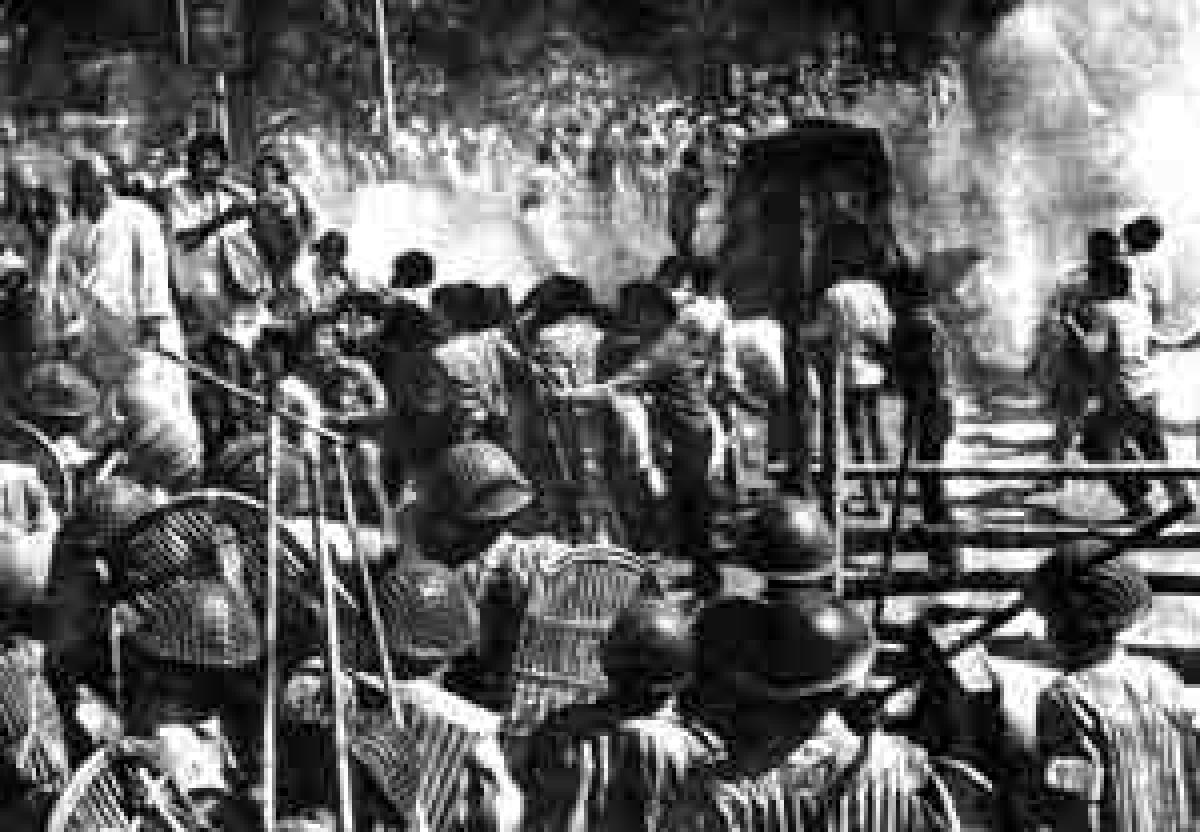Live
- This Tamil Nadu village says no to firecrackers to protect 'Bat Grove'
- IPL 2025: Virat Kohli, Rajat Patidar, and Yash Dayal retained by Royal Challengers Bengaluru
- TN fireworks manufacturers sell Rs 6,000 crore worth of fireworks for Diwali
- Pant, Rahul & Iyer among big-ticket names heading to IPL 2025 mega auction
- Amit Shah performs darshan & puja at Gujarat’s Lord Swaminarayan temple
- Temples too marked as Waqf property, claims K’taka BJP
- Community Unites in Maldakal to Demand Justice for Vadde Rajeshwari
- IAS officer Lalengmawia takes charge as acting Chief Secretary of Mizoram
- iOS 18.1 Brings New Features to iPhones: Apple Intelligence, Enhanced AirPods and More
- IPL 2025: Trying to trim the retentions down to six was very challenging, says Venky Mysore





.jpg) The emergency provisions are contained in part XVIII of the constitution from article 352 to 360. During an Emergency, the central government becomes all powerful and state go into the total control of the Centre. The Constitution stipulates three types of the Emergencies: a. An Emergency due to War, External Aggression or Armed Rebellion (National Emergency under Article 356(2)); b. An Emergency due to failure of the Constitutional Machinery in the State. This is popularly known as the president rule under Article 356; and c.
The emergency provisions are contained in part XVIII of the constitution from article 352 to 360. During an Emergency, the central government becomes all powerful and state go into the total control of the Centre. The Constitution stipulates three types of the Emergencies: a. An Emergency due to War, External Aggression or Armed Rebellion (National Emergency under Article 356(2)); b. An Emergency due to failure of the Constitutional Machinery in the State. This is popularly known as the president rule under Article 356; and c. 



